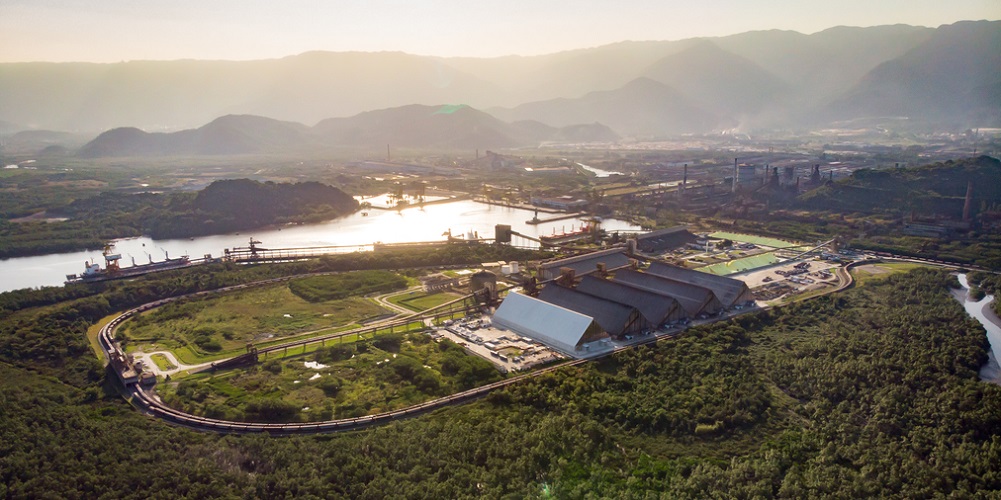
Cutting-edge ‘nowcasting’ technology helps Tiplam terminal evade weather problems
May, 03, 2023 Posted by Gabriel MalheirosWeek 202321
Although last year was rainier than 2021, VLI – a logistics solutions company that operates terminals, railways, and ports – ran 726 hours of operations under the imminence of possibly-disrupting climatic events without jeopardizing the qualify of the cargo handled at its Tiplam terminal, located in Santos region, São Paulo.
The success in keeping operations under these circumstances represented 1.1 million tonnes of cargo handled, in addition to a significant reduction in the idle time of vessels due to the risk of rain. These advances were only possible due to the implementation of a cutting-edge meteorological radar that monitors rainfall in real-time.
This port meteorology program is based on a pioneering nowcasting platform, which allows for very short-term weather forecasts, yielding gains of 17 hours in operations compared to 2021 and a 9% increase in volume.
According to the manager of Digital Transformation for Ports and Terminals at VLI, Luciano Gonçalves Pereira, the company sketches elaborate plans based on port meteorology to help guide the loading and unloading of cargo at the terminal. “In addition, the planning team is now using the solution to set daily and monthly throughput goals. Thus, technology use brings assertiveness to our operations and makes the execution of plans more feasible,” he highlights.
Conversely, when halting operations is indeed necessary, the time is used to carry out preventive maintenance on port equipment.
Nowcasting tech
With a compact X-Band meteorological radar installed on Mount Serrat, seven kilometers from Tiplam, VLI monitors the rain in real-time and projects whether precipitation will occur in a short period of time. That is, in 10, 20, or 30 minutes.
The port meteorology program also includes rain detection and forecasting based on meteorological radar data; satellite images to aid in climate analysis and visualization of electrical discharges; a specific mathematical model for the Santos region, which generates more accurate forecasts; a 72-hour temperature forecast; wind direction and speed prediction; and information on the height of swell waves, which interfere with ship entry and exit.
-
Blog News (ENG)
Nov, 16, 2022
0
Corn exports from Brazil grow 127% in early November, says Secex
-
Dec, 08, 2021
0
Chinese foreign trade breaks record
-
Grains
Dec, 07, 2022
0
Wheat: line-up forecasts shipment of 331,967 K tonnes from Argentina
-
Ports and Terminals
Oct, 10, 2023
0
Record 5.8 million tonnes throughput set in September for Portos do Paraná


